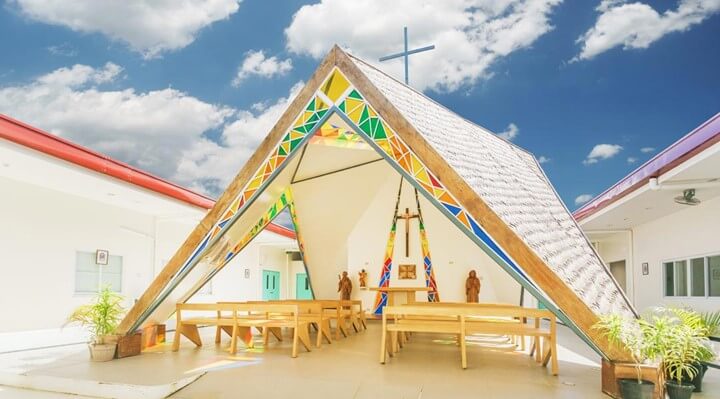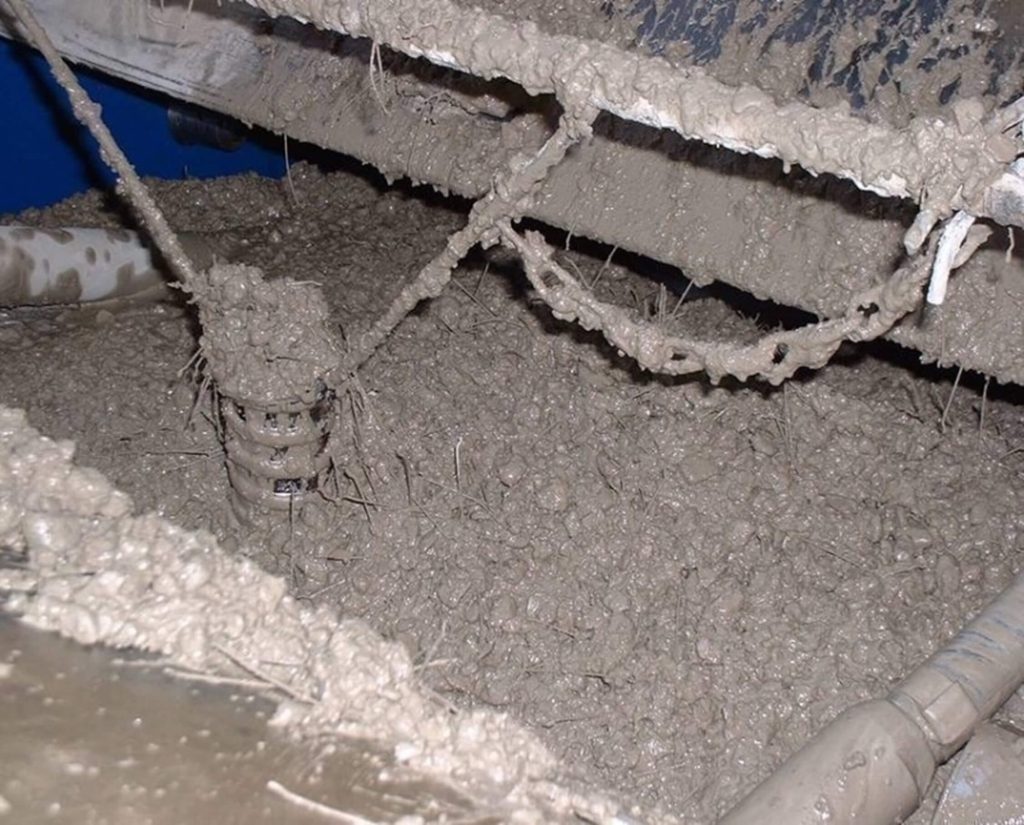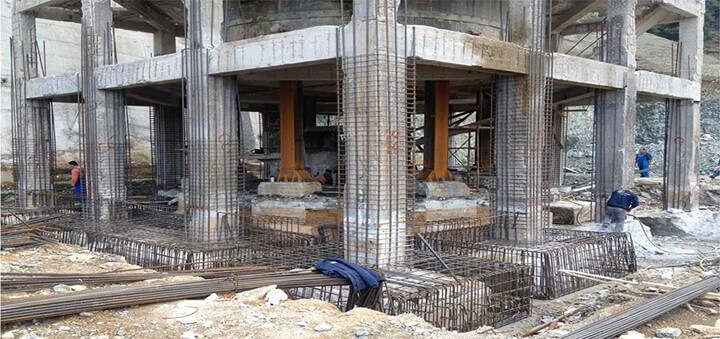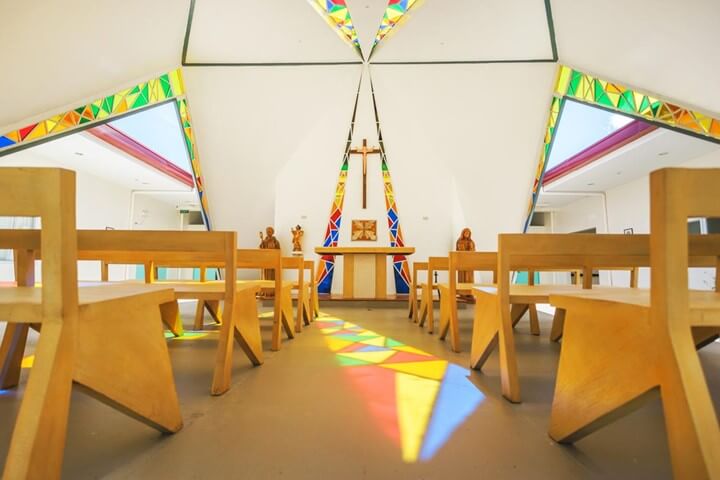
Abaca is already famous for cordage, crafts, and furniture. The ropes can be weaved into strong mats and carpets. Even curtains and so many furnishing items can be crafted with abaca. That is why you can find abaca products even in the most expensive luxury hotels and resorts around the world.
The world is moving fast and technologies are always keeping up. Abaca is not anymore used only for interior furnishing like tables, chairs, carpets, and curtains. Abaca is now being integrated into the materials and procedures of construction itself.

One successful example is almacan. It is a special type of treated abaca fibers. The example shown is the Chapel of St. Benedict and St. Scholastica in Northern Samar. It is located in the courtyard of a hospital. The design is very simple yet graphic. The wall planes are made of almacan wrapped around a light-weight steel structure. In this scenario, we see the abaca not used as a decoration but as the building itself. Although the stained glass used for this specific chapel is not infused with abaca fibers, there are studies integrating abaca into a glass, aiming to make glass withstand more stress before breaking.

The almacan mats in making the chapel may work for smaller projects like cottages and houses but not for big structures with multiple levels. Industrial engineers however are innovating concrete infused with fiber. Janne Pauline S. Ngo of De La Sale University, and Michael Angelo B. Promentilla of National Research Council of the Philippines conducted a study titled Development of Abaca Fiber-reinforced Foamed Fly Ash Geopolymer. They concluded that when executed with the right procedure and proportions, fibers can improve concrete’s compressive properties. The fibers inside the mixture interlock and somehow create this skeleton that makes it stronger. There could be more to work within curing fibers and making it work better with concrete. It is a hit or miss as of now but it has a future in concrete reinforcement.

As efficient as it is, abaca still produces waste as it is crafted for other purposes. This waste can be collected to be used for concrete. We love zero waste on this side of the internet. And if for some reason you still have waste abaca fiber lying around, it can be used for retrofitting materials. It acts the same way as in concrete – creating a network of fibers within that compacts the material more.

Architects’ design process is guided by the three Vitruvian principles: Utilitas (Function), Firmitas (Strength), and Venustas (Beauty). Abaca seems to be a material that exhibits all three qualities. It is useful. You can use up even waste. It is strong. It is the strongest natural fiber material. It is beautiful. Quality abaca fibers flaunt a beautiful color and luster. No wonder after taking the cordage, paper, and novelty item markets by storm, it is now coming to architecture and construction.
References:
- WTA stained glass and abaca chapel up for WAF Color prize. (2017, December 20). Retrieved June 26, 2020, from https://bluprint.onemega.com/st-scho-chapel-wta/
- Beltran, G. S., Eng. (n.d.). Strengthening the Design Mix of Concrete Using Abaca Fiber for Reinforced Concrete Design [Scholarly project]. In Strengthening the Design Mix of Concrete Using Abaca Fiber for Reinforced Concrete Design. Retrieved June 26, 2020, from http://ijiset.com/vol3/v3s6/IJISET_V3_I6_23.pdf
- Tampi, R. W., Parung, H., Djamaluddin, R., & Amiruddin, A. (2019, October). FLEXURAL BEHAVIOR OF REINFORCED CONCRETE BEAM USING ABACA FIBER [PDF].






